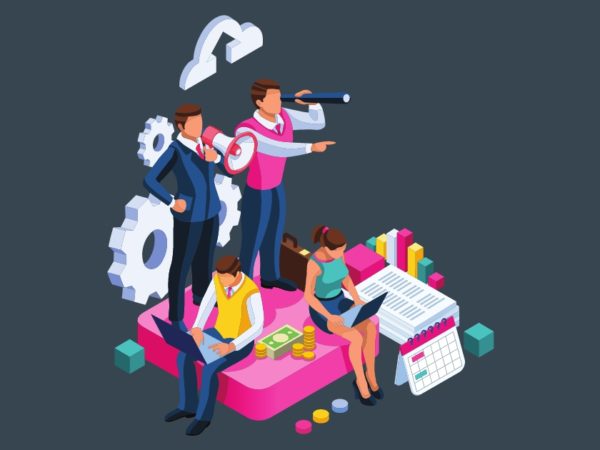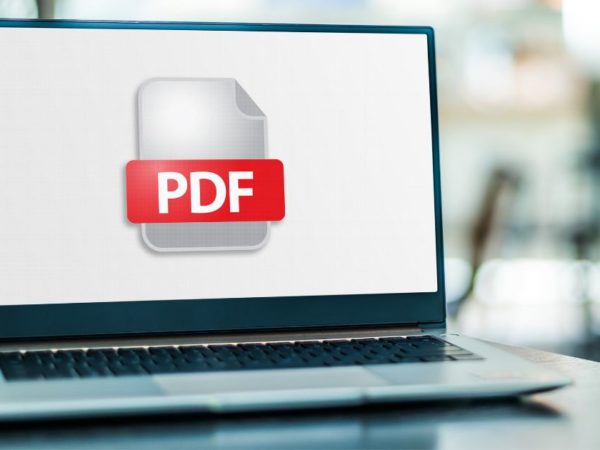Most of the time, group discussions or brainstorming sessions lead us to nowhere, as there are a lot of ideas in an unorganized structure.
Participants of a brainstorming session throw the ideas that come to their minds, and everything gets messed up. However, there is a solution to this problem, and the business world calls it an affinity diagram or affinity process.
No matter how long a brainstorming session is, how many participants are there, and how large the data collected as the output of the session, if everything goes through an affinity process, it becomes easy to organize the ideas and structure them to make informed decisions.
Online affinity diagram templates can create custom affinity diagrams for businesses.
What Is an Affinity Diagram?
Also known as affinity chart, affinity mapping, or K J Method, the affinity diagram originates from the late 60s. Award-winning Japanese ethnographer/ anthropologist Jiro Kawakita created this method to organize the many ideas from a brainstorming session.
The K J Method or Affinity diagram is one of the seven planning and management tools used post World War 2. Nowadays, these tools are adopted by businesses on a large scale.
Business professionals use affinity diagrams as a tool to organize and analyze data. They are often used in marketing research to identify customer segments or market opportunities.
Additionally, businesses may use affinity diagrams during product development to brainstorm ideas and potential solutions to problems.
Why Are Affinity Diagrams Popular?
There are many reasons why affinity diagrams are popular among businesses. For one, they are a great way to organize information and ideas. By placing similar items or ideas together, businesses can quickly see relationships and patterns that would otherwise be hidden.
Another reason affinity diagrams are popular is that they can help businesses find new opportunities. By bringing together disparate ideas and information, businesses can often find new ways to solve problems or capitalize on opportunities.
Further, they are relatively easy to create and interpret. With the right tools, businesses of all sizes can quickly create affinity diagrams that provide valuable insights.
Use Cases Of Affinity Diagrams
Affinity diagrams are powerful tools that can help businesses of all sizes to organize and analyze data. From idea generation, and pattern identification, to uncovering relationships between disparate sets of information, they are used multiple times.
In short, affinity diagrams are used for multiple purposes within businesses. Some of the most common uses cases for affinity diagrams are as follows:
Brainstorming
Affinity diagrams are often used during brainstorming sessions to help groups generate new ideas and identify patterns.
Data Analysis
Affinity diagrams can also be used to analyze data sets to uncover relationships between different pieces of information.
Problem-Solving
Affinity diagrams can also be helpful in problem-solving situations, as they can help groups quickly identify the root cause of a problem.
Steps to Create An Affinity Diagram
Let’s check out the steps to create an Affinity diagram.
Step 1: Get Ideas
The first step is to gather ideas through the channel that you are using. This channel can be a group discussion, brainstorming session, survey, etc.
Step 2: Note Down
Display it on a board in a physical GD (Group Discussion) or note it on Google Jamboard if it is a virtual meeting. Choose any medium you want.
Step 3: Make Relations & Groups
Now you need to use the core part of the affinity diagram, which makes a relation between different ideas. Note down the ideas that are relevant to each other in one way or the other. Make groups of relevant ideas.
Step 4: Make Supergroups
Now it’s time to combine the groups into super groups as per their relation. Naming the header of every supergroup will help you in better management.
Step 5: Make an Affinity Diagram
Finally, you will want to visually represent the data, where the affinity diagram comes in. Start by writing the problem statement you’re trying to solve at the top and make an affinity diagram out of ideas/data you have collected from the preferred channel.
After exploring enough about the affinity diagram. Now let’s explore the best affinity diagram templates in this article:
Miro
Miro provides multiple affinity diagram templates that can fit at multiple places for your business team. Numerous options are available, from brand strategy to sticky note diagrams and work breakdowns.
If there are a lot of “Whys” coming your way during a brainstorming session, then you can go ahead with Miro’s 5 Why Affinity Diagram.
InVision
InVision is a platform where UI/UX teams will find a lot of help with affinity diagrams. A segment where most energy is put into UI/UX research requires specific affinity diagram templates.
InVision provides amazing affinity diagram templates for UI/UX research. These templates have all the necessary options and features that a user interface or user experience researcher wants.
Visual Paradigm
Go ahead with the Visual Paradigm and get different purpose-based affinity diagram templates for your business.
No matter which industry or niche you belong to, finding a tailor-made affinity diagram template is possible on Visual Paradigm. It allows you to have templates on specific problem statements like food industry issues, healthcare marketing, etc.
Edraw
All the templates have the customizability feature, but Edraw provides more advanced features. If you are in a rush, quickly choose a template on Edraw and make customizations to make it look like yours.
Its smart features, like floating buttons, make it more convenient.
Smartdraw
Smartdraw is a good option if you are looking for a professional affinity diagram template provider. The size of your team doesn’t matter here because all the teammates can collectively work on an affinity diagram.
Here you find templates for different purposes serving almost every industry. From software development to design thinking, you can get a relevant template there on Smartdraw.
Figma
Figma is one of the top emerging design tools online and has a good collection of affinity diagram templates. The infinite whiteboard by FigJam makes it easy for the teams to collectively save and organize the ideas coming out of their brains.
Huge creative or product management teams work on specific things multiple times from multiple ends. Figma solves this complex workflow with its easy solutions. Making an affinity diagram with Figma is beneficial as it helps you take it to the product design process and implement ideas in real time.
Moqups
Moqups is the best if you are looking for a clean affinity diagram template to create a foolproof business strategy.
Moqups provide a clean design in affinity diagrams, making them look user-friendly and easy to understand. Teamwork is a robust feature that makes Moqups stand out from the overflooded market of tools. All the team members can leave comments that others can follow up with.
Lucidspark
Lucidspark is not just an affinity diagram maker but is a complete solution to take ideas to the development and implementation phase.
Besides virtual affinity diagram maker, Lucidspark has some cool solutions like strategic planning, project planning, evaluation charts, etc. These tools can all be integrated, and you can take your affinity diagram to a new level in your business development.
Final Words
To make informed decisions, a business must go in-depth on all the stakeholders’ ideas. Going in-depth means organizing the data, establishing a relationship among them, and making a robust action plan.
All the affinity diagrams templates mentioned above are the best available resources online. Some are paid, while others are free, so choose as per your business requirements.
Next, you can check out learning resources and tutorials for affinity designers.



